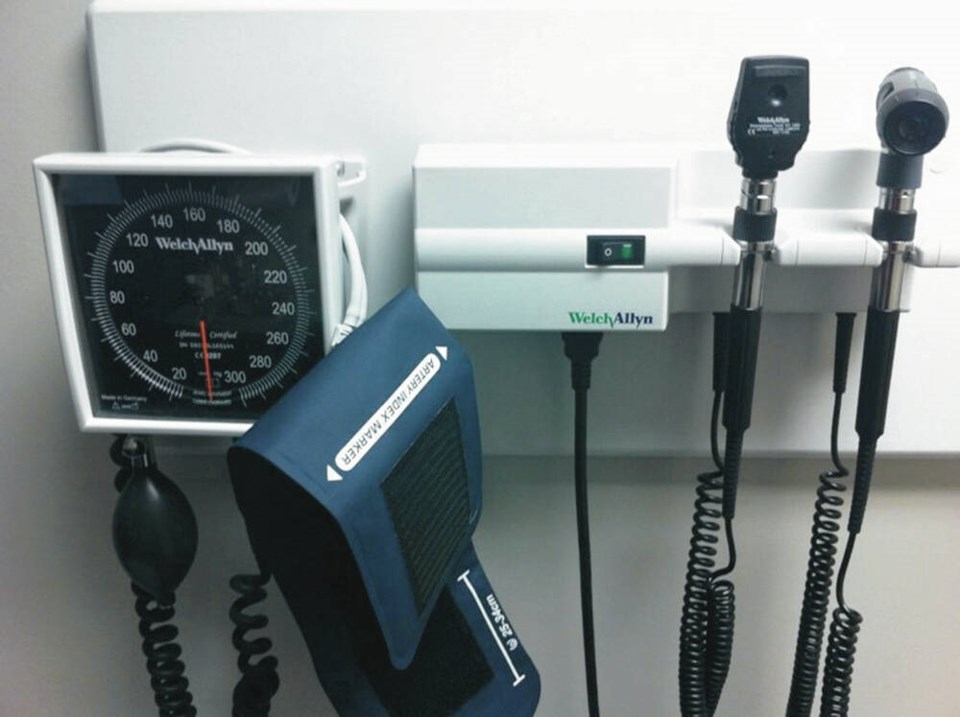Family-medicine residents studying at the University of sa国际传媒 have written to health-care leaders to say a two-year deal they’ve been offered fails to address soaring overhead costs, fails to increase fees physicians can charge for services, neglects the issue of physician burnout, and lacks collaboration and a long-term strategy.
The province, at a June 15 meeting, offered a contract to family-medicine doctors with a $25,000 signing bonus and student-debt forgiveness in an effort to address a shortage of family doctors.
“We ask that both the Ministry of Health and Doctors of sa国际传媒 meet with UBC Family Medicine resident representatives directly to discuss solutions that will be presented to the graduating class of residents,” says the June 20 letter signed by Dr. Ana Boskovic, representing residents, and Dr. Romina Moradi, representing international residents.
“This meeting must occur before our June 30th, 2022 graduation,” it says, supported with the names of 168 residents from throughout sa国际传媒
After completing medical school, graduates are matched with residency programs for further training.
The University of sa国际传媒’s program produces about 400 resident graduates a year, with about 175 in a two-year family-medicine program and the remainder in specialities such as surgeons.
The “new to practice” contract the province is offering, valued at $295,457 for the first year, offers a $25,000 signing bonus valid until Sept. 30 and about $130,000 over five years in medical training debt-forgiveness.
The residents are concerned that the offer does not address overhead expenses — rent, staff, utilities, supplies, licensing fees, malpractice insurance, software for charting, and locum doctors to cover vacations. Those expenses can be $80,000 to $100,000 annually.
In the province’s proposed two-year contract, new doctors will be expected to have a patient load of up to 1,250. At $295,000 a year that’s about $230 per patient before overhead.
Saanich family physician Dr. Jennifer Wickens said Health Minister Adrian Dix is making an effort to improve access to primary care but she questions the sustainability of the contracts. “I think the bonuses will help recruit new graduate family doctors but they won’t stay once they realize how insufficient the ongoing funding amounts are.”
The contract offer also doesn’t address the “inequity” of other family doctors — those working in hospitals and Urgent and Primary Care Centres, for example — being paid more than family-practice doctors in clinics, doctors say. The one-size-fits-all contract also doesn’t offer options for locum posts where new doctors fill in for doctors taking vacation, providing new doctors experience working in different kinds of practices, they say.
Some residents have pointed out the proposed deal doesn’t include an option for new physicians to work under a fee-for-service model. Under the existing fee schedule, for example, they can charge about $32 for each patient visit.
On April 25, during question period, Dix said 83 percent of primary care billings were fee-for-service in sa国际传媒 It’s 46 percent in Ontario. “It requires a change because the fee-for-service model, which supports volume, doesn’t reflect the needs of the increasing complexity of patients.”
Fee-for-service makes compensation for doctors dependent on the number of patients a doctor sees.
This can result in some patients not getting enough attention, or doctors not being paid for their work.
The salary or contract approach allows doctors to take more time with the growing number of patients who are older or have complex needs
Dix said modifying the fee-for-service method to deal with its problems is a longer-term effort
Contracts and salaries could be offered immediately to residents who “will be making decisions in the coming months about their direction within the profession,” said Dix.
He said contracts and salaries are more popular with younger doctors who don’t want the responsibility of running a business.
>>> To comment on this article, write a letter to the editor: [email protected]


